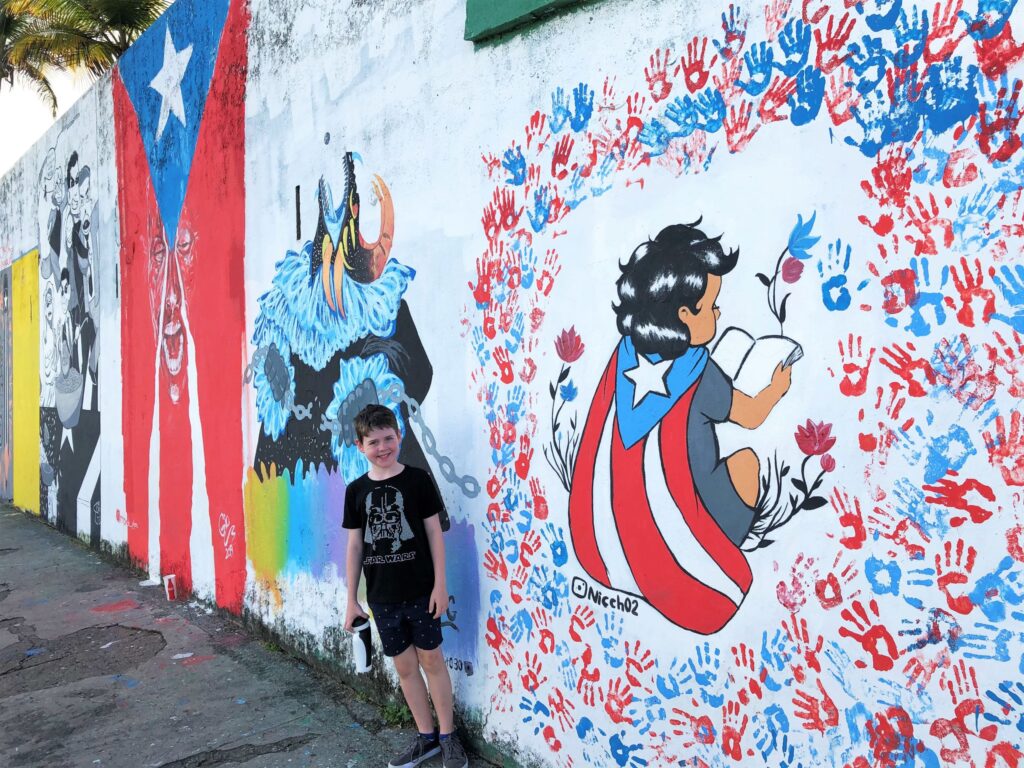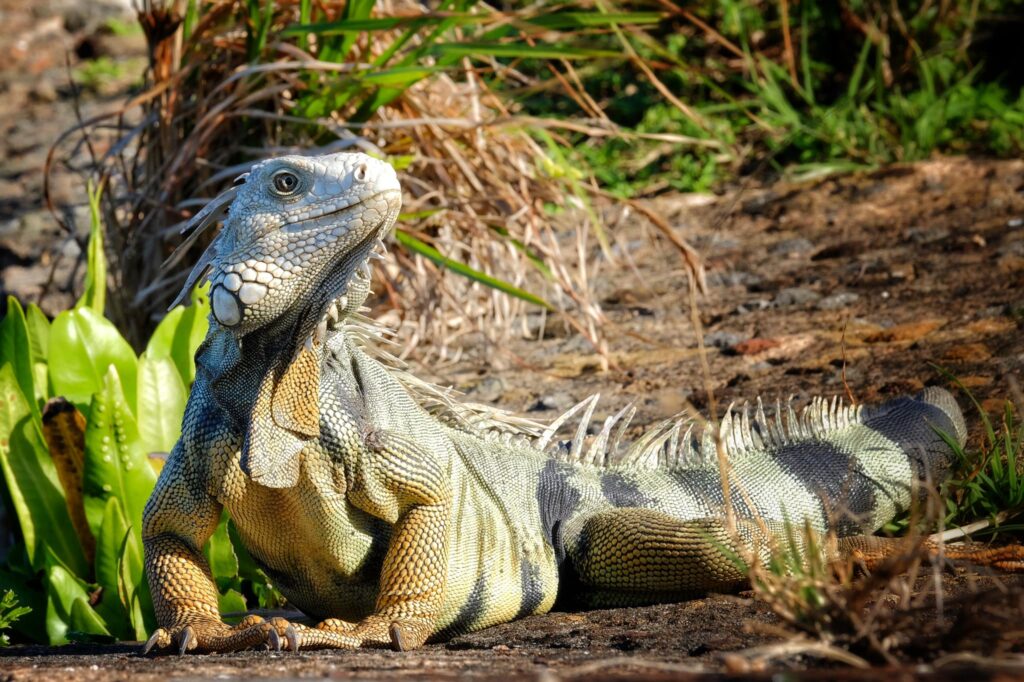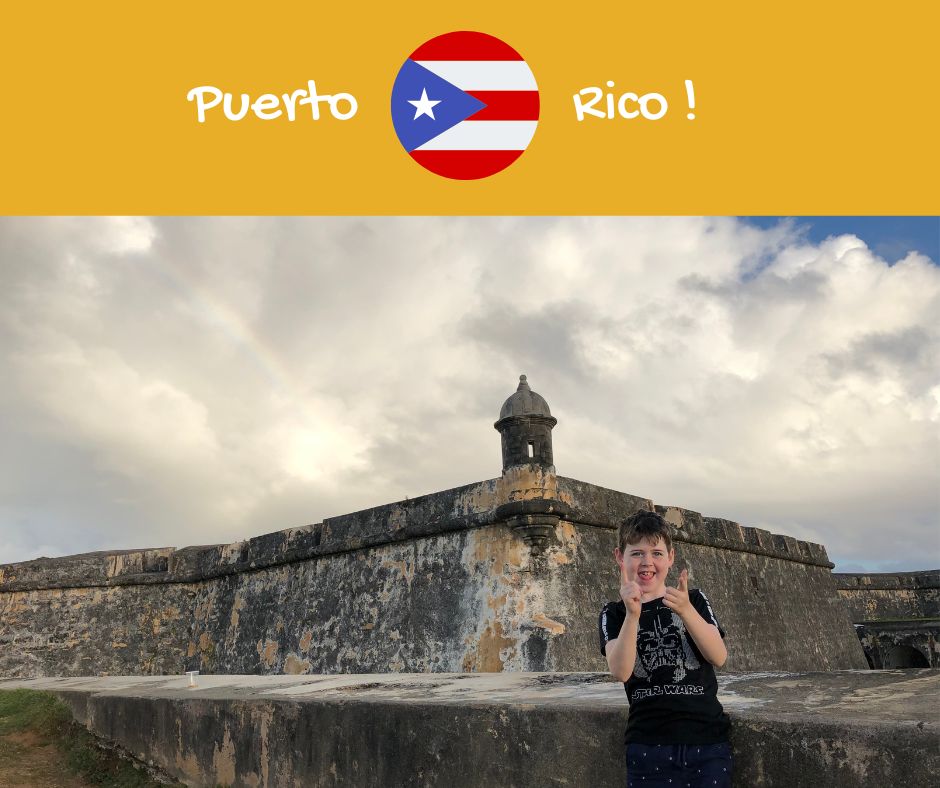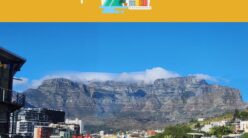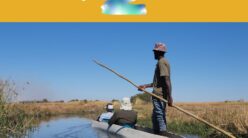Puerto Rico’s history is rich and diverse, beginning with its original Taíno inhabitants, who called the island Borikén. In 1493.
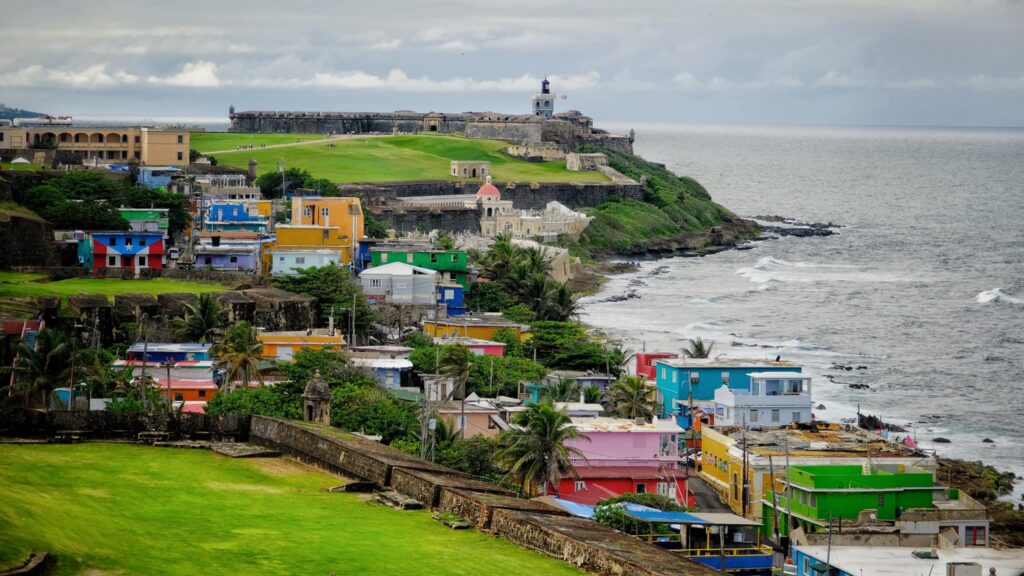
The forts in Puerto Rico, notably El Morro and Castillo San Cristóbal in San Juan, hold significant historical strategic importance.
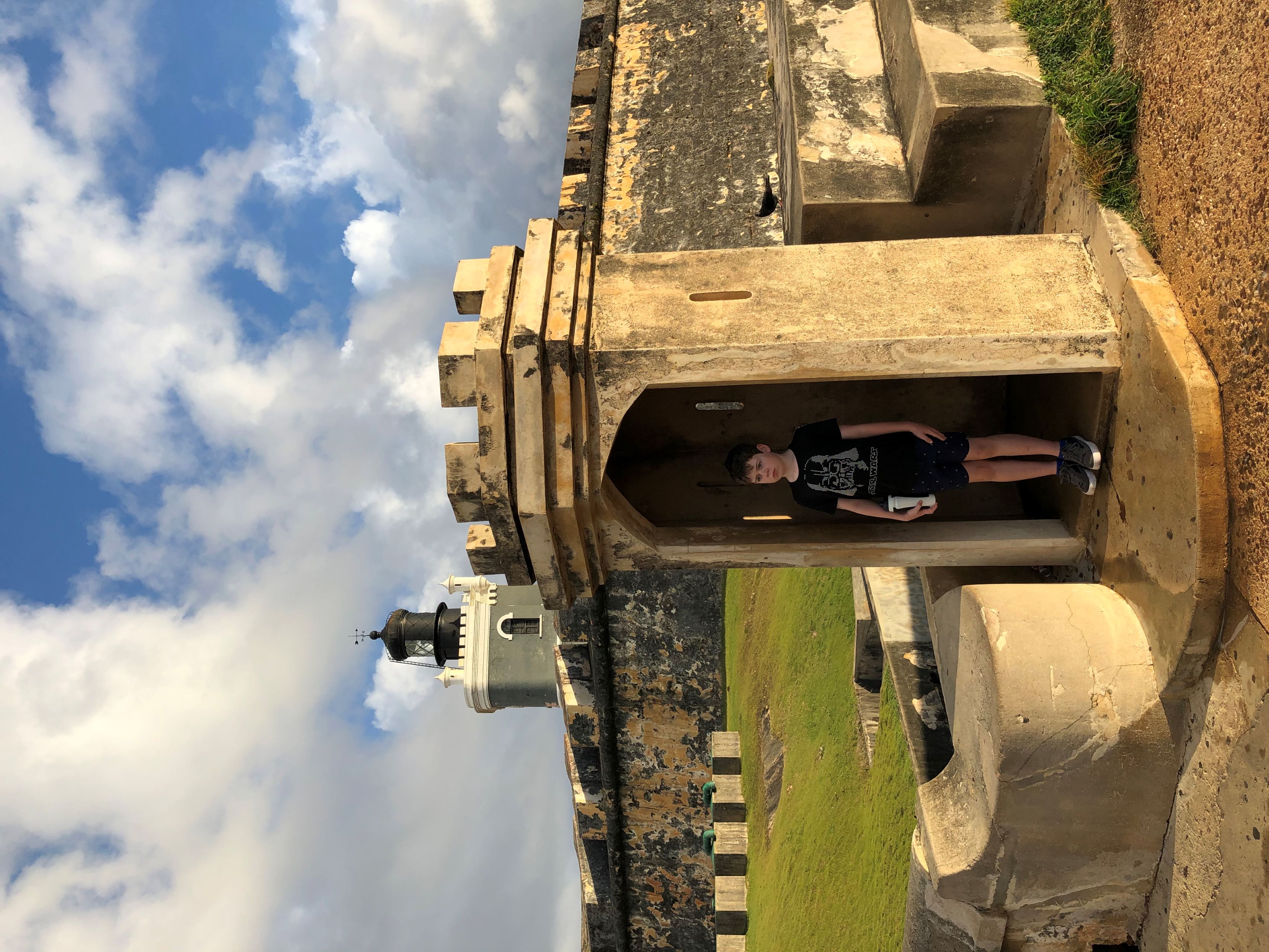
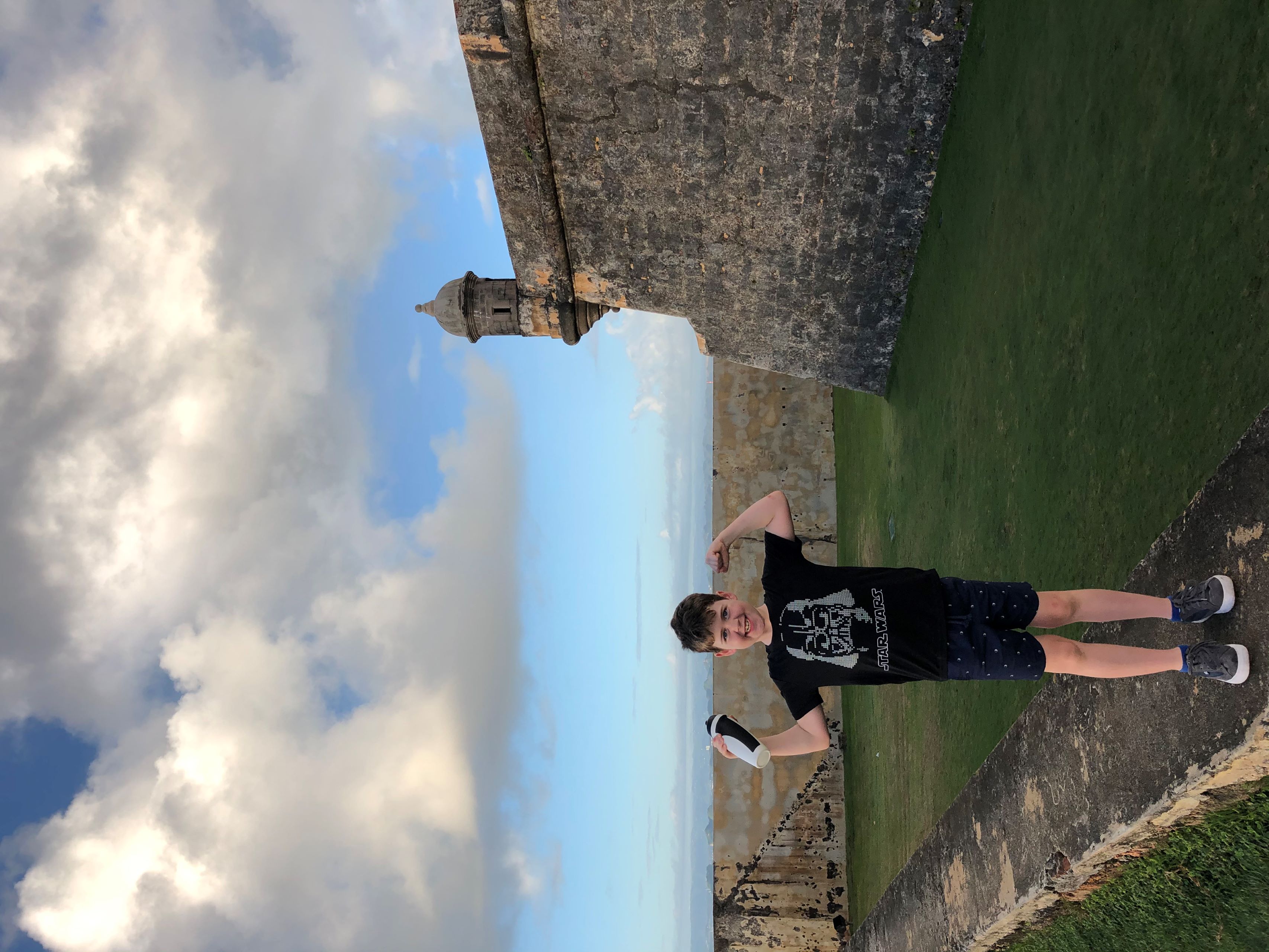
Constructed by Spanish colonists beginning in the 16th century, these massive fortifications were designed to protect the vital port of San Juan from sea threats, including pirates and rival European powers.
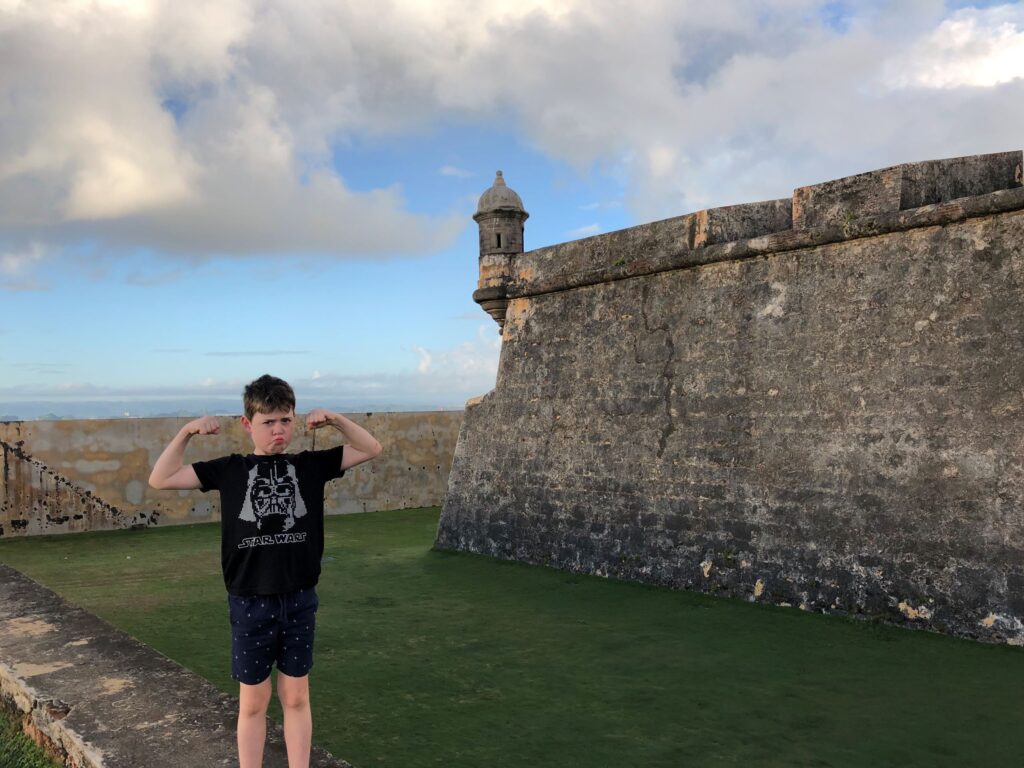
El Morro, officially known as Castillo San Felipe del Morro, overlooks the entrance to San Juan Bay and has served as a key defensive position for the island for centuries.
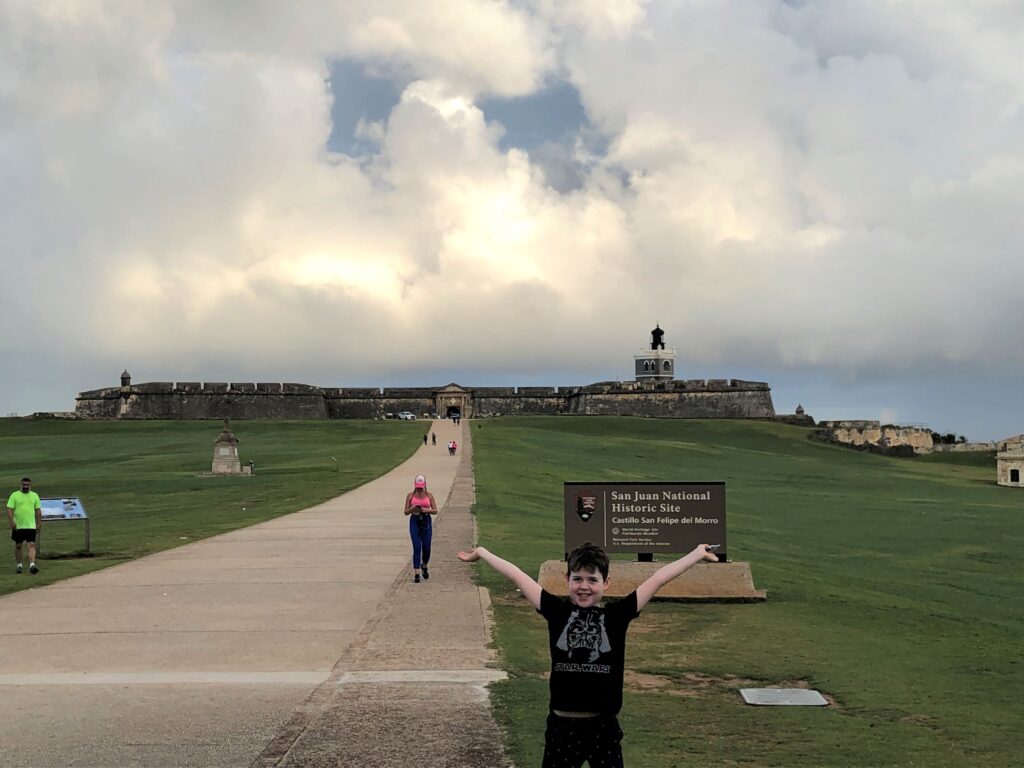
El Morro’s strategic location allowed for control over the naval passage into the Caribbean, making it a target during various conflicts, including attacks by the British and Dutch.

Today, these forts are recognized as UNESCO World Heritage sites, symbolizing Puerto Rico’s colonial military history and serving as cultural landmarks with stunning views of the Atlantic Ocean and San Juan.
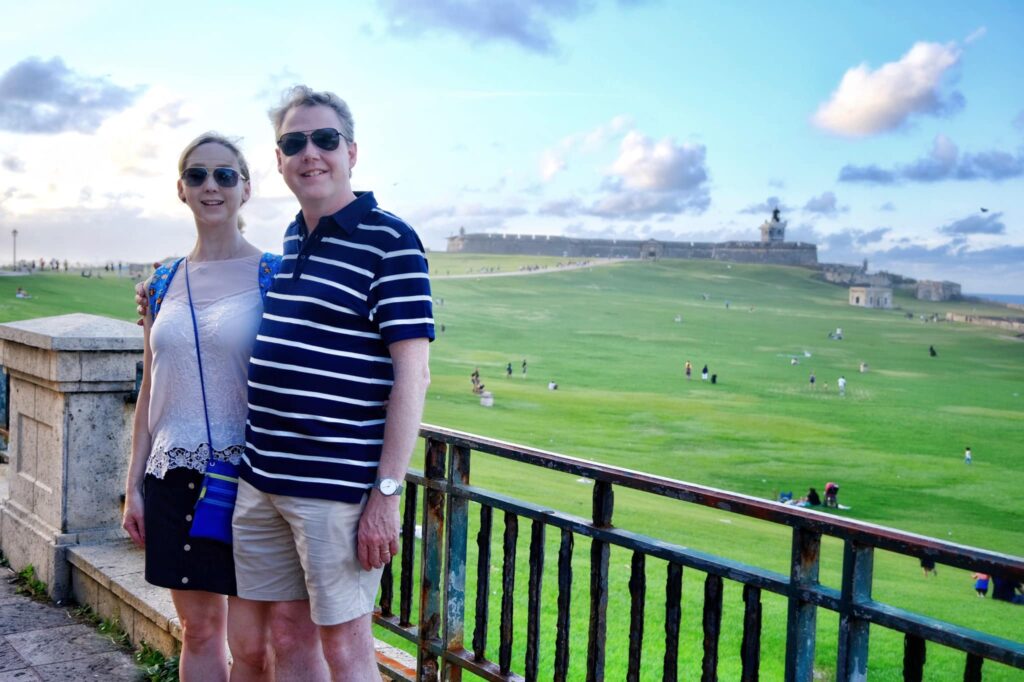
Puerto Rico’s history is a complex tapestry of indigenous heritage, colonial struggles, and modern challenges, reflecting its unique status as a culturally vibrant yet politically debated territory.
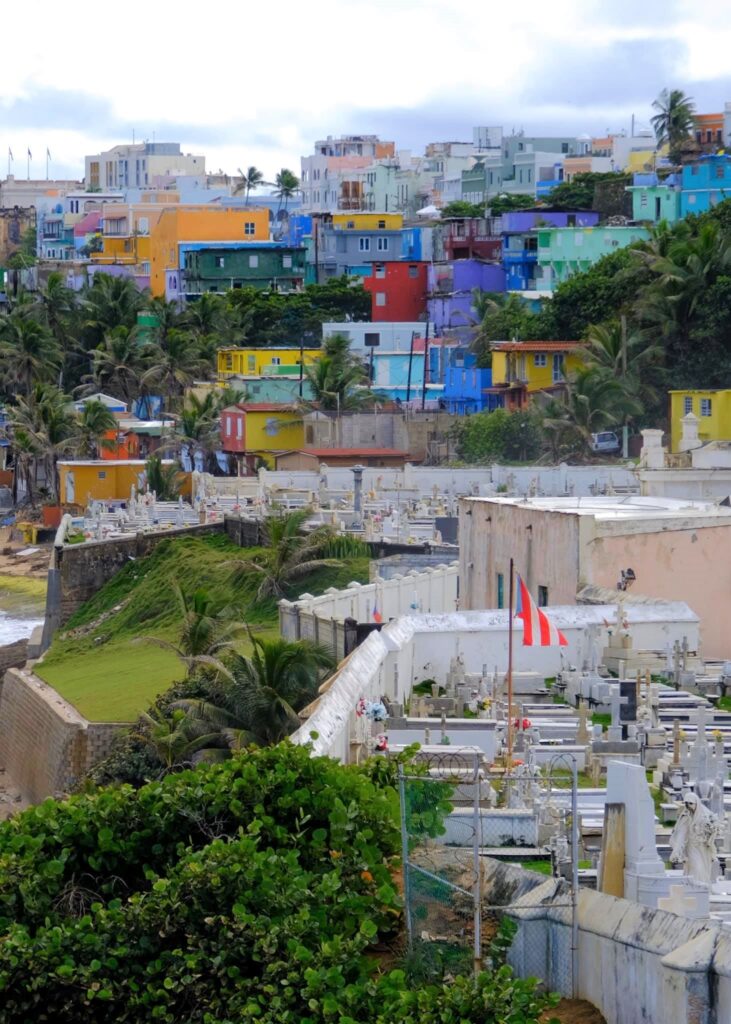
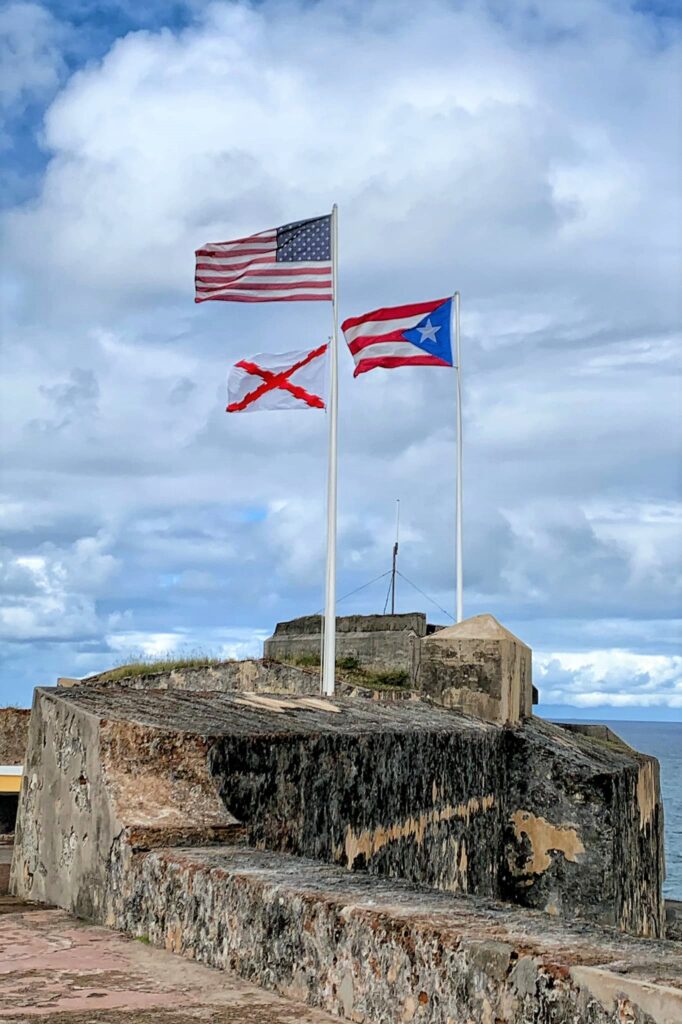
The islands architecture is a captivating mix of historical and modern influences, reflecting its rich cultural heritage and colonial past.
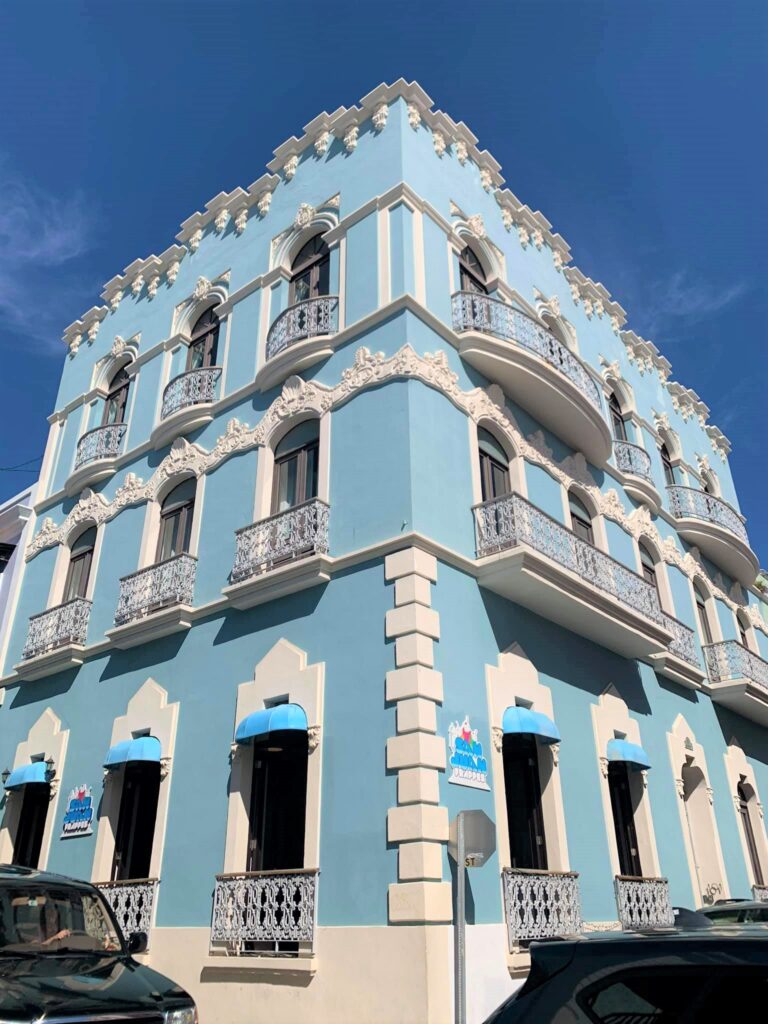
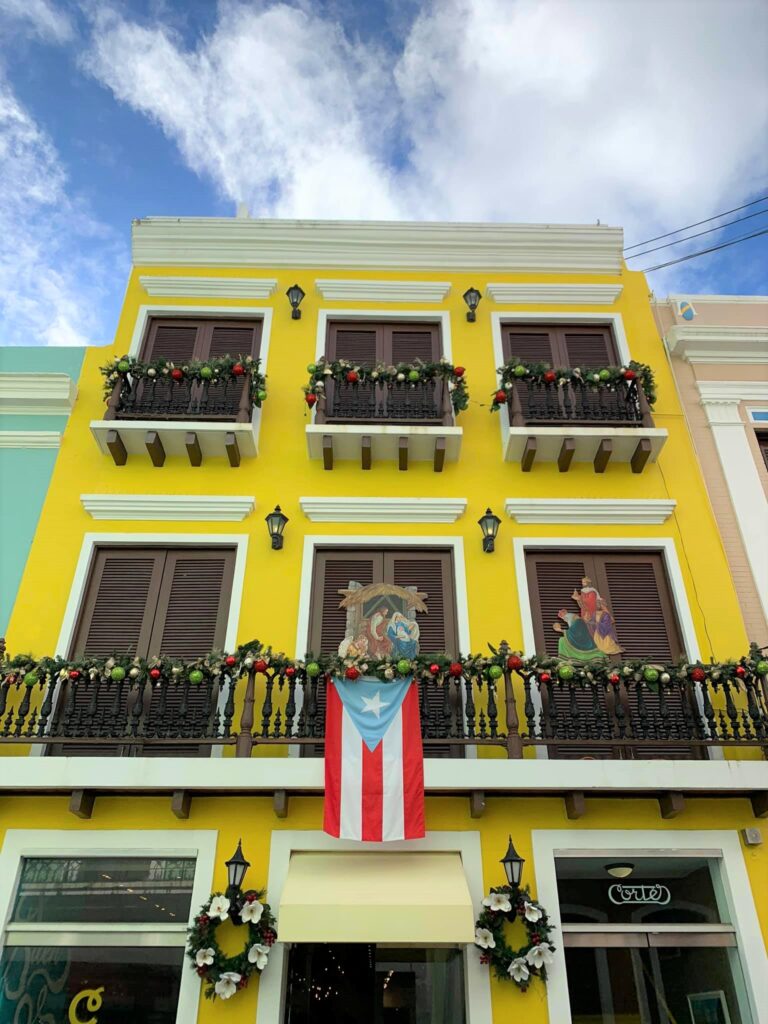
In Old San Juan, the Spanish colonial architecture is especially prominent. Here, cobblestone streets are lined with brightly colored buildings, featuring thick walls, wrought iron balconies, and decorative tiles.
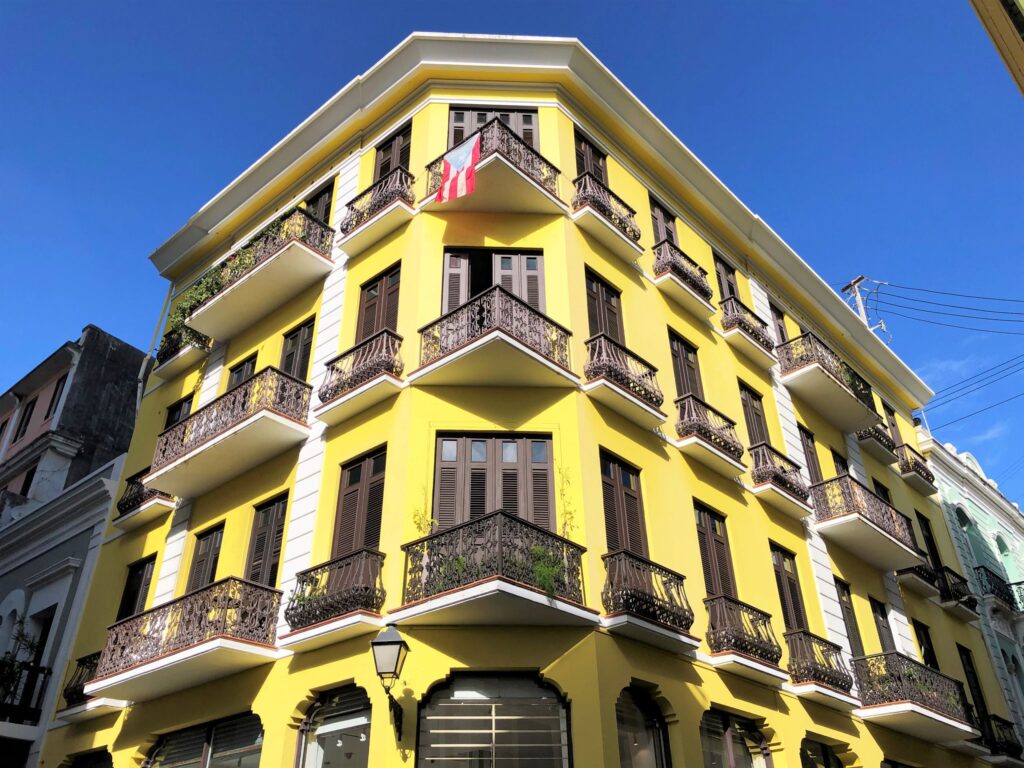
The cobbled streets of Puerto Rico, particularly in Old San Juan, are a charming element of the island’s rich colonial heritage.
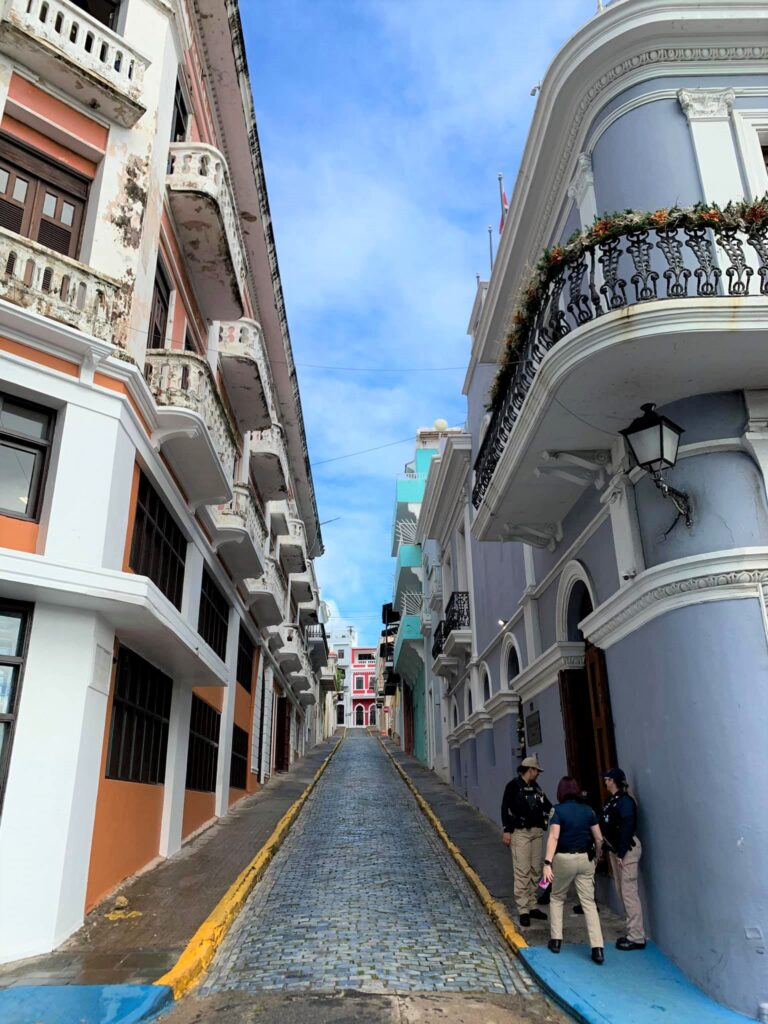
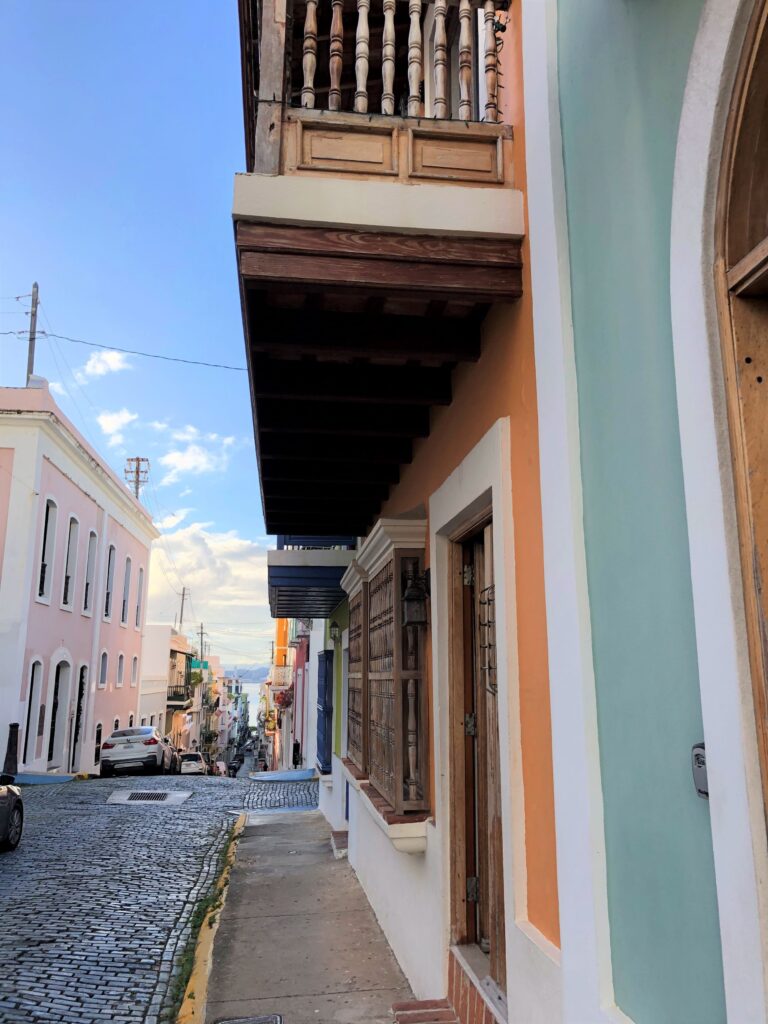
Made from blue-gray cobblestones known as “adoquines,” these stones were originally used as ballast on Spanish ships, then repurposed to pave the streets in the 16th century.

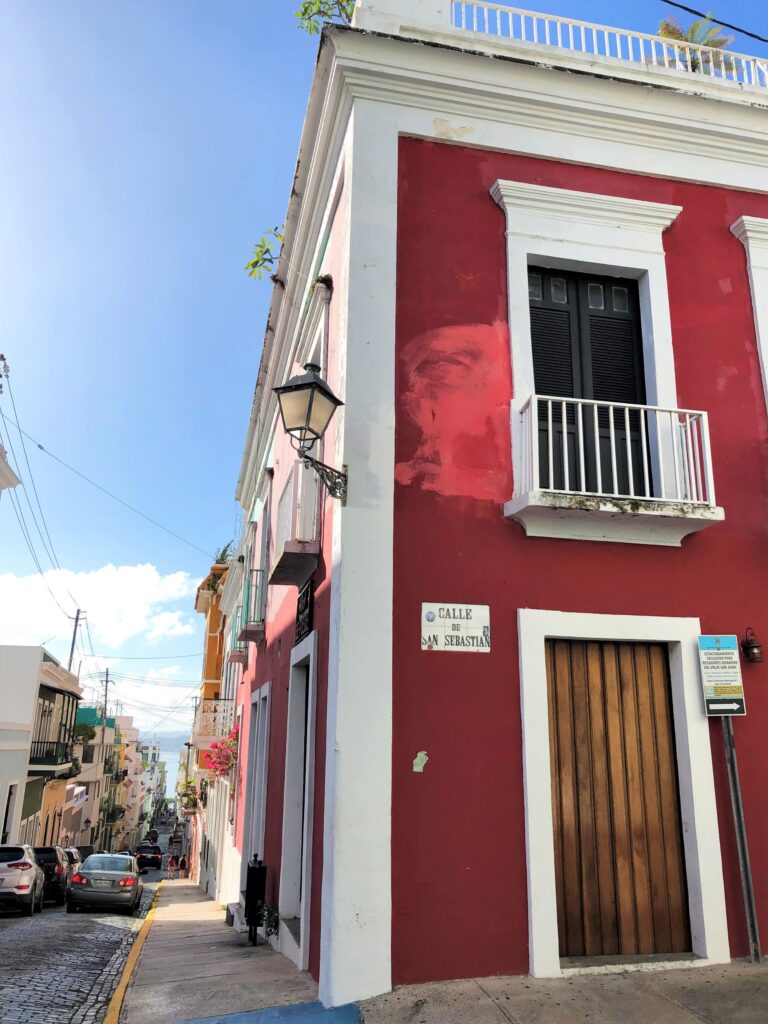
Over time, the cobblestones have developed a distinctive color and sheen, adding to their historical allure.
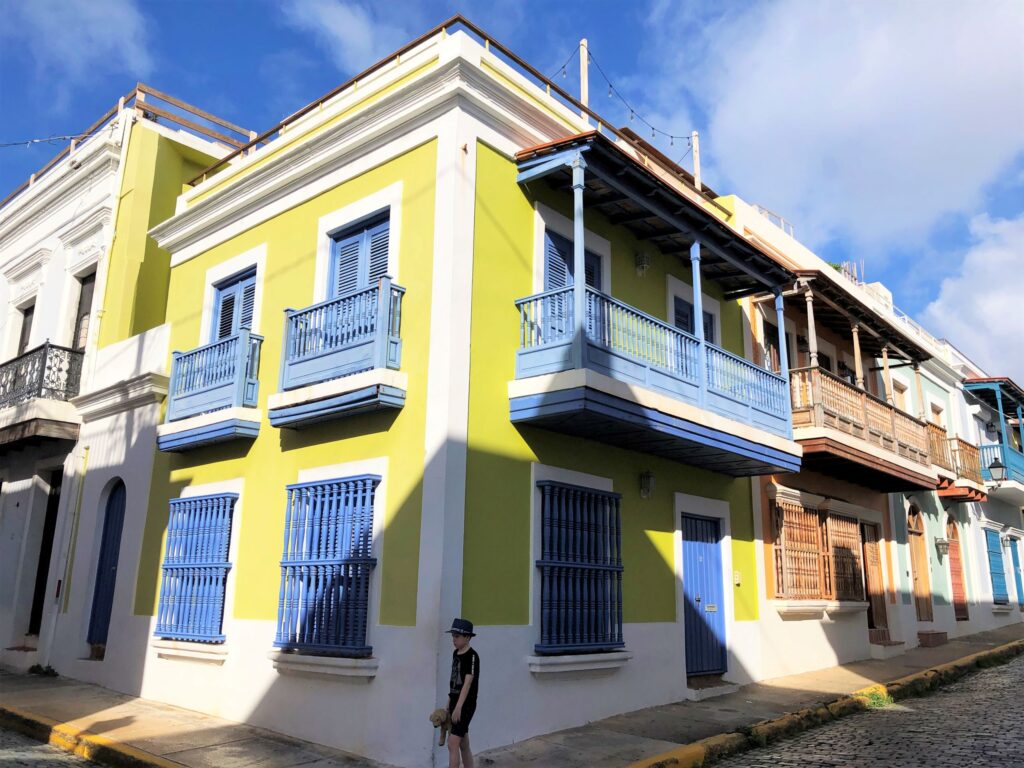
These narrow, winding streets are lined with vibrant, pastel-colored buildings, creating a picturesque setting that transports visitors back in time.
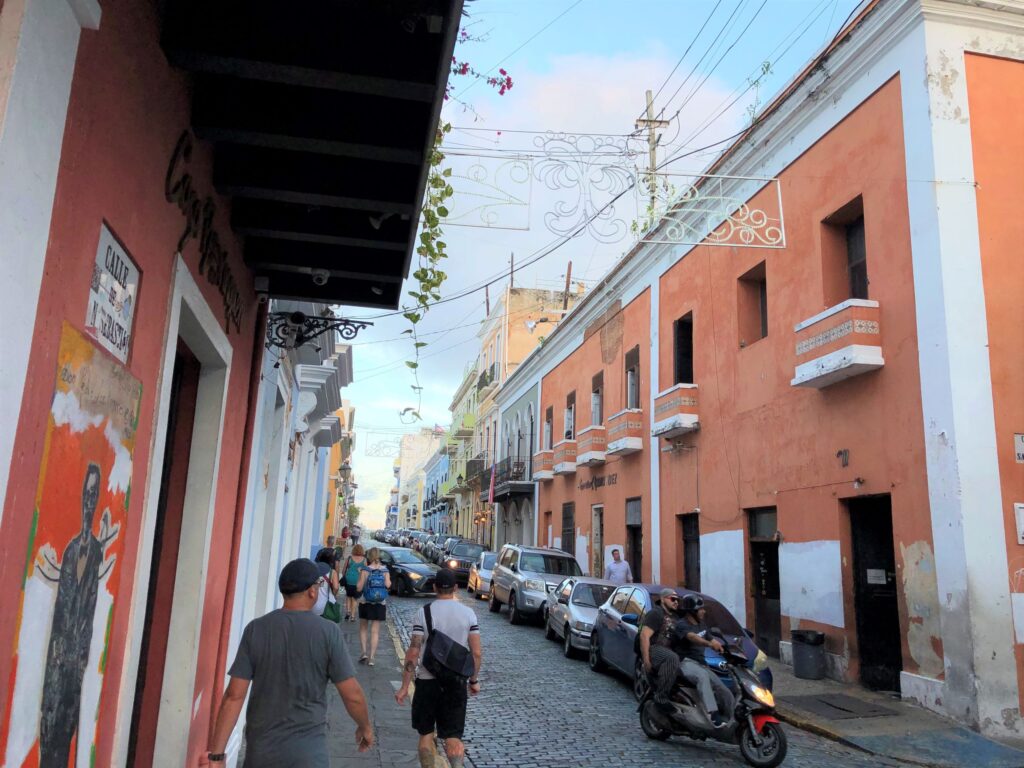
We thoroughly enjoyed the island’s welcoming people and vibrant atmosphere.
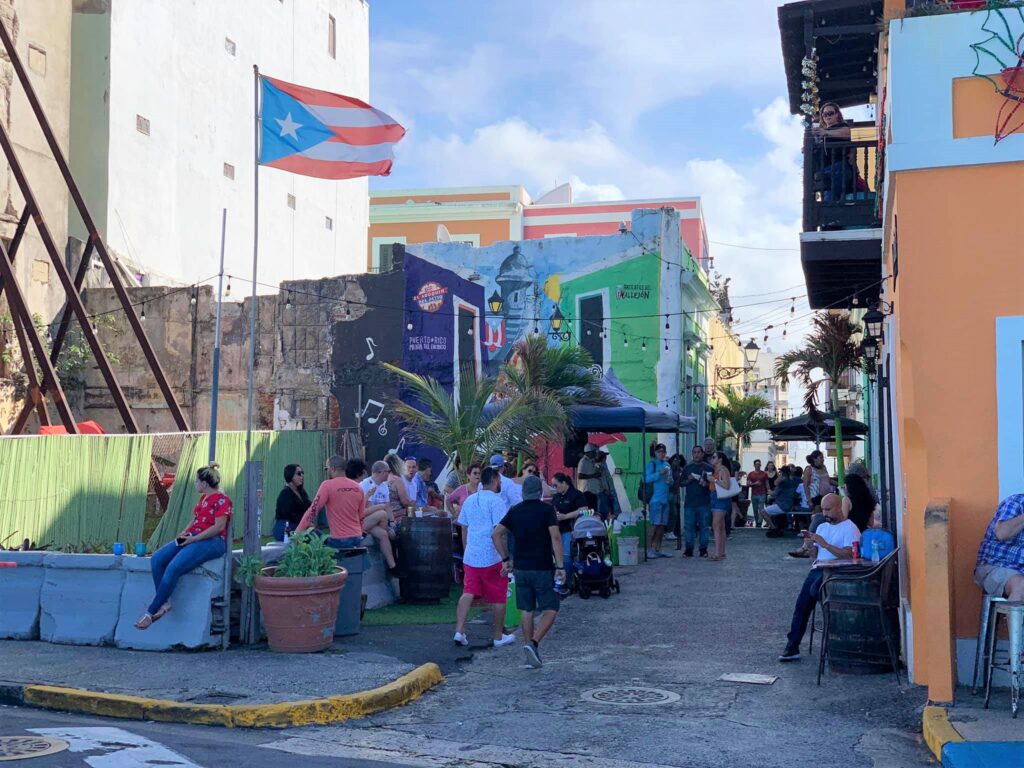
The area is famous for its lively music scene, where salsa rhythms fill the air and invite spontaneous dancing.
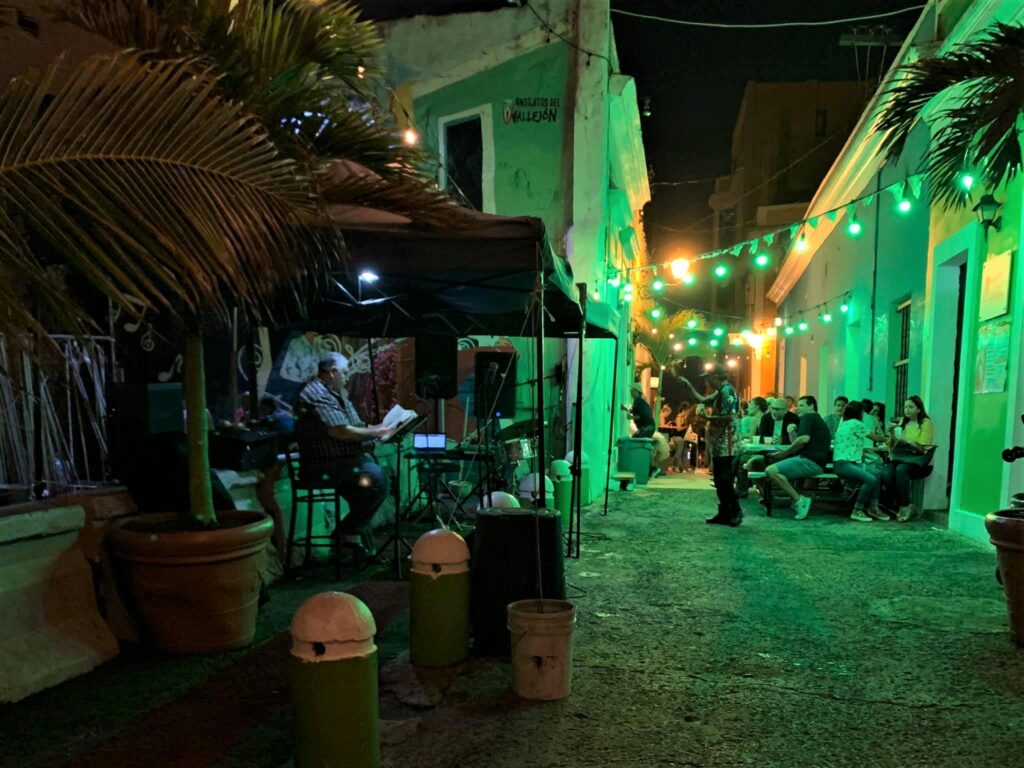
As live music is a staple in Puerto Rican life, venues range from nightclubs, concert halls to street festivals and beach bars.
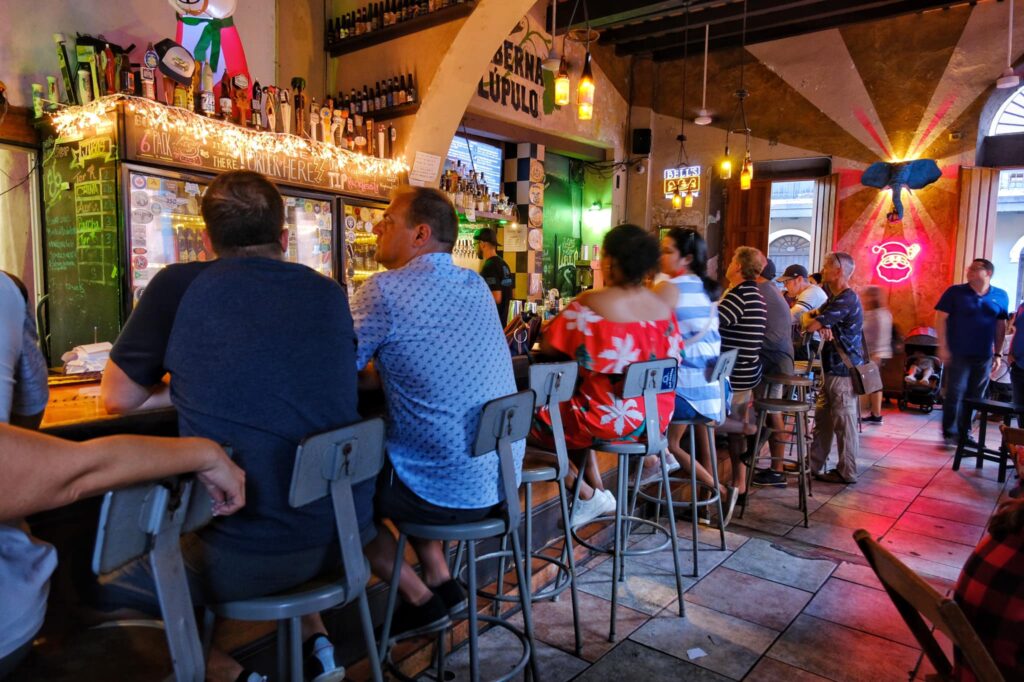
Puerto Rico’s culinary scene is diverse, offering delicious local dishes like mofongo and delicious, fresh seafood, which our Kidsetter loves.
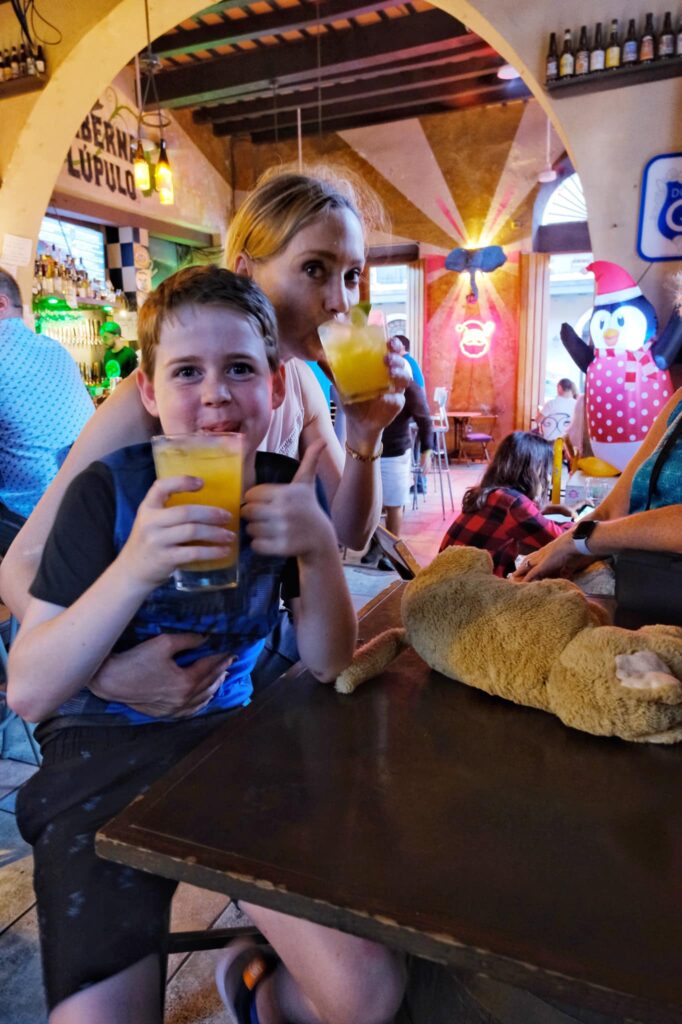
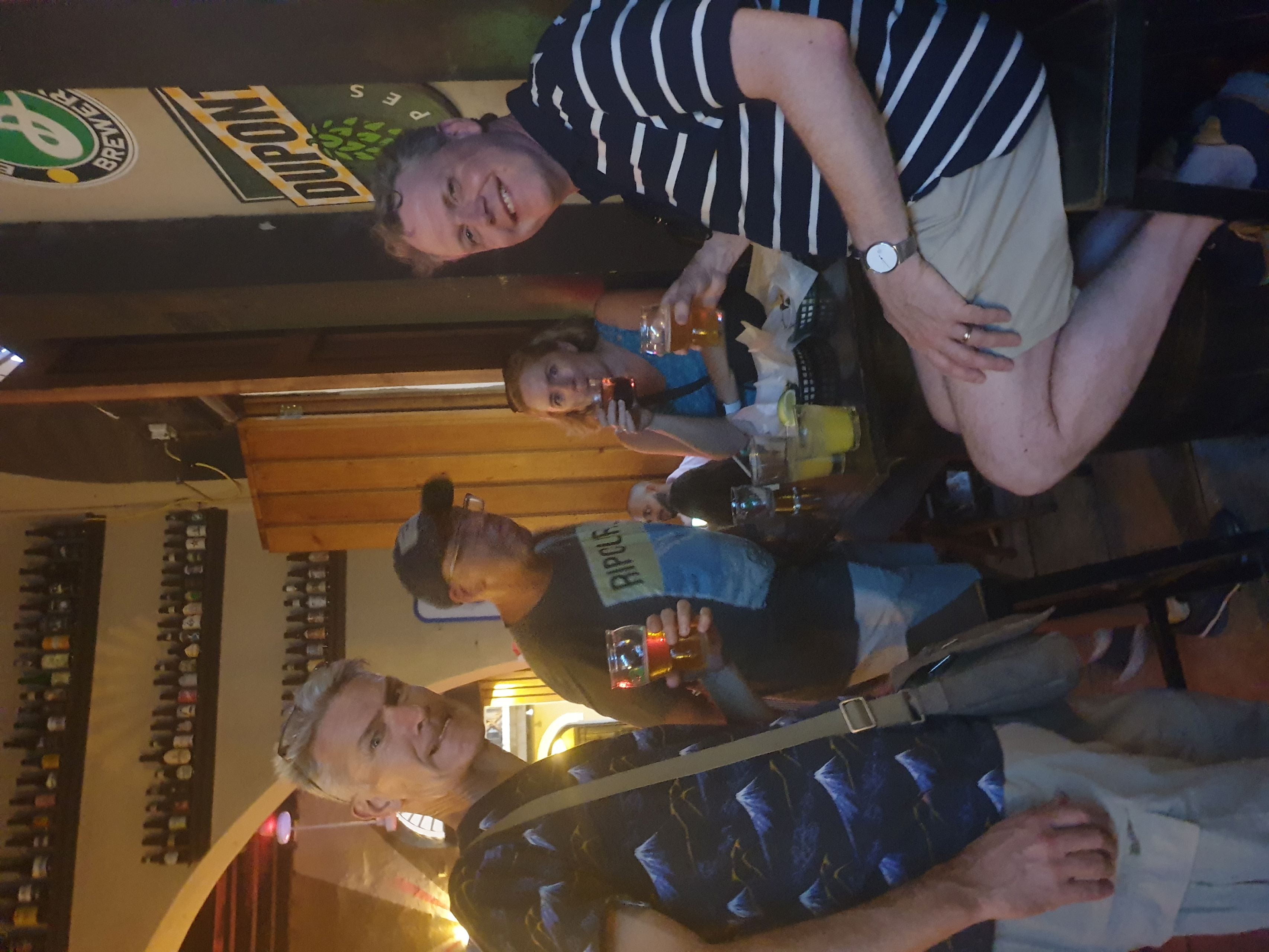
We travelled into the mountainous region to visit El Yunque National Forest, the only tropical rainforest in the United States National Forest System. A jewel of natural beauty located in northeastern Puerto Rico.
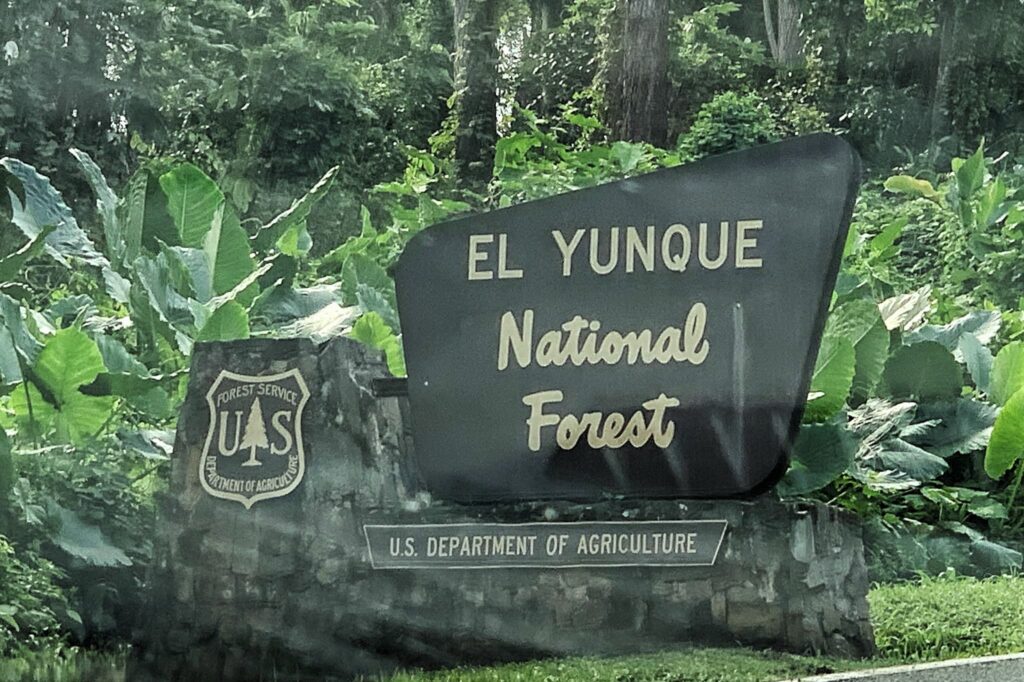
This lush paradise covers approximately 28,000 acres and is renowned for its incredible biodiversity, boasting hundreds of plant species, including towering tabonuco trees, vibrant orchids, and rare ferns.
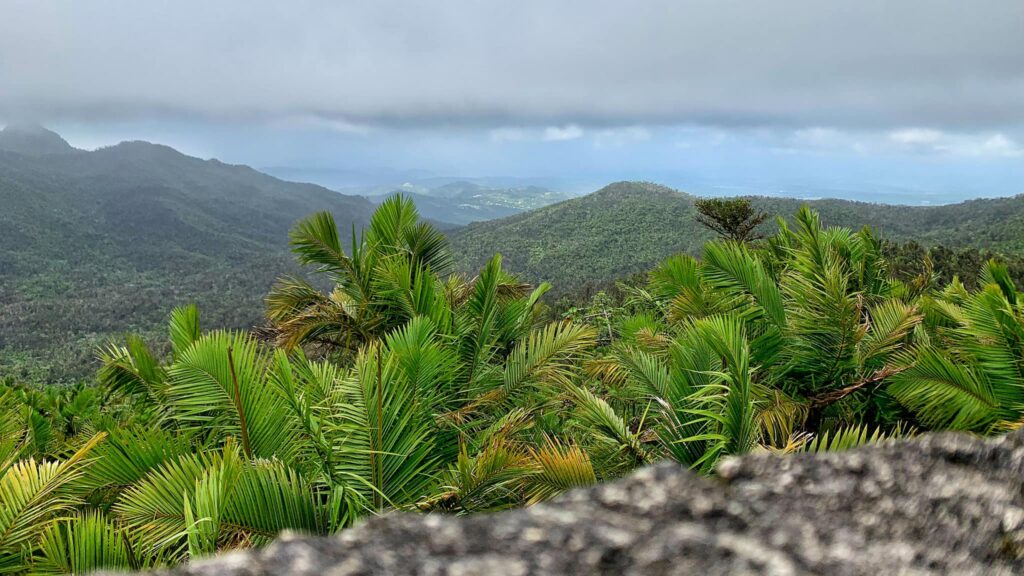
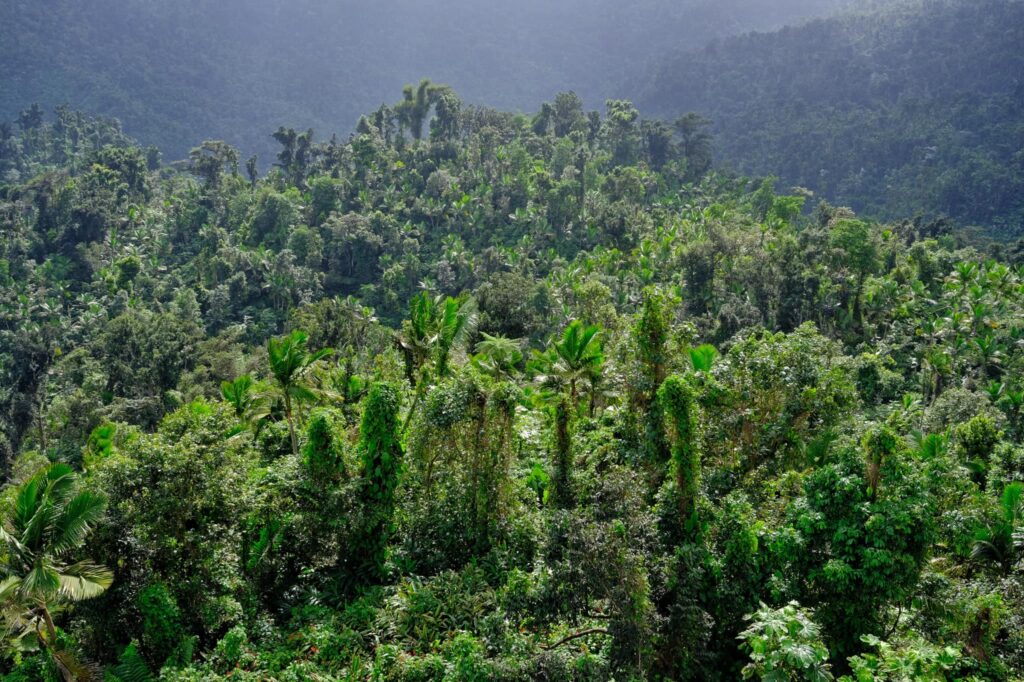
El Yunque’s rainforest canopy shelters a diverse array of wildlife. Unfortunately we didn’t encounter the iconic coquí frogs, colorful parrots, and the endangered Puerto Rican boa.
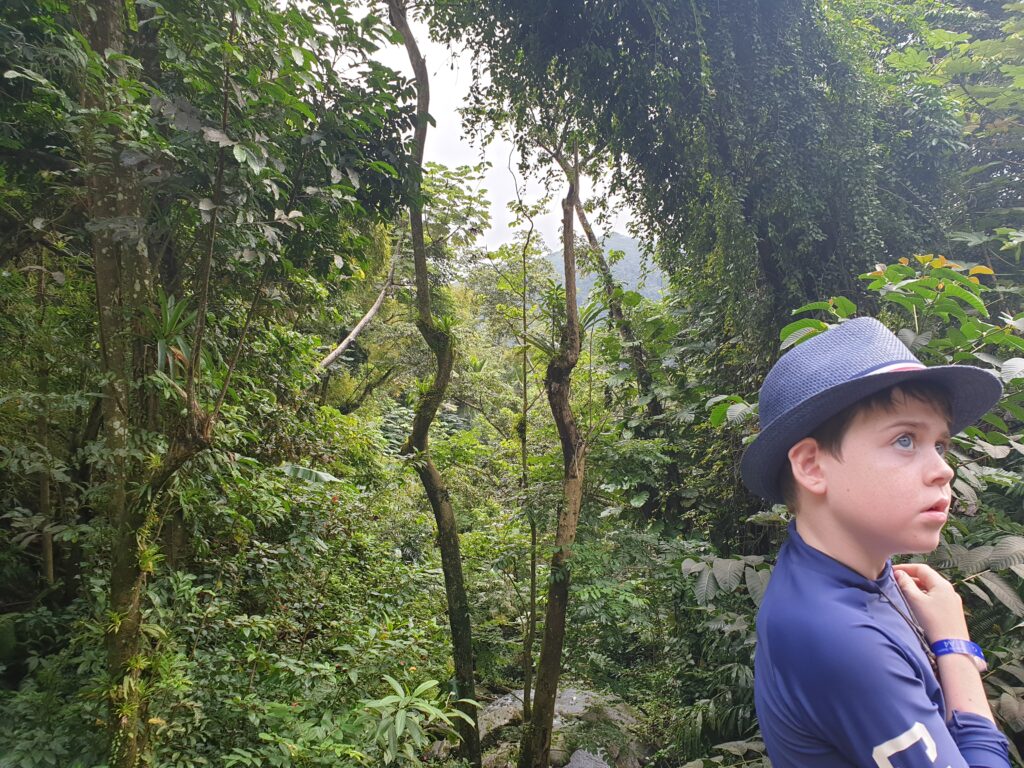
The forest’s ample rainfall supports a network of rivers and stunning waterfalls, such as La Mina Falls and Juan Diego Falls, offering refreshing spots for us to cool down and have a dip.
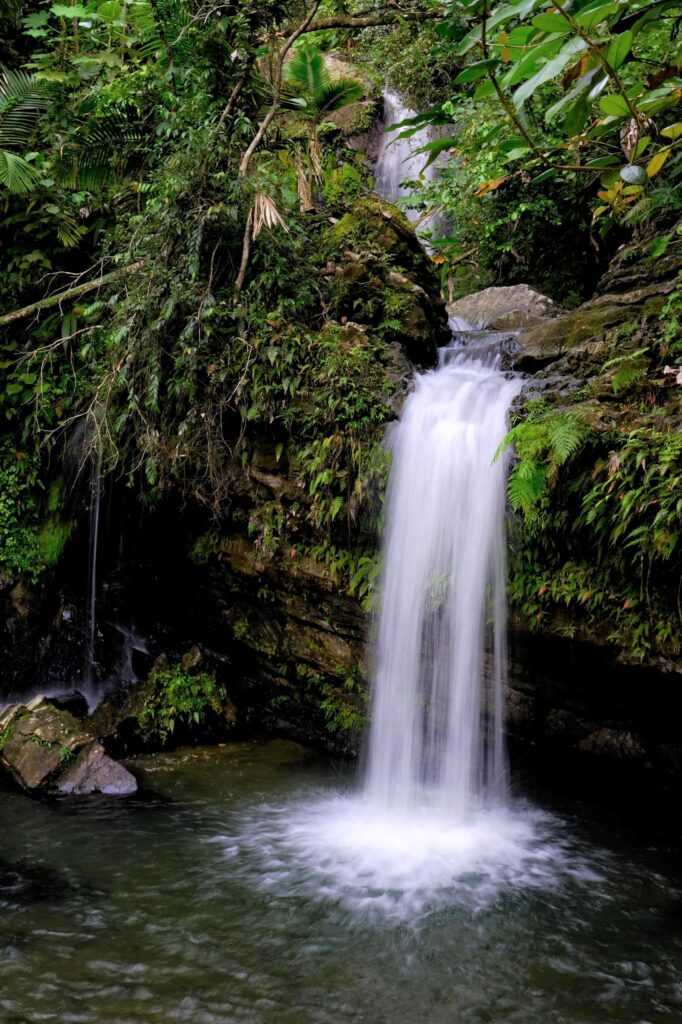
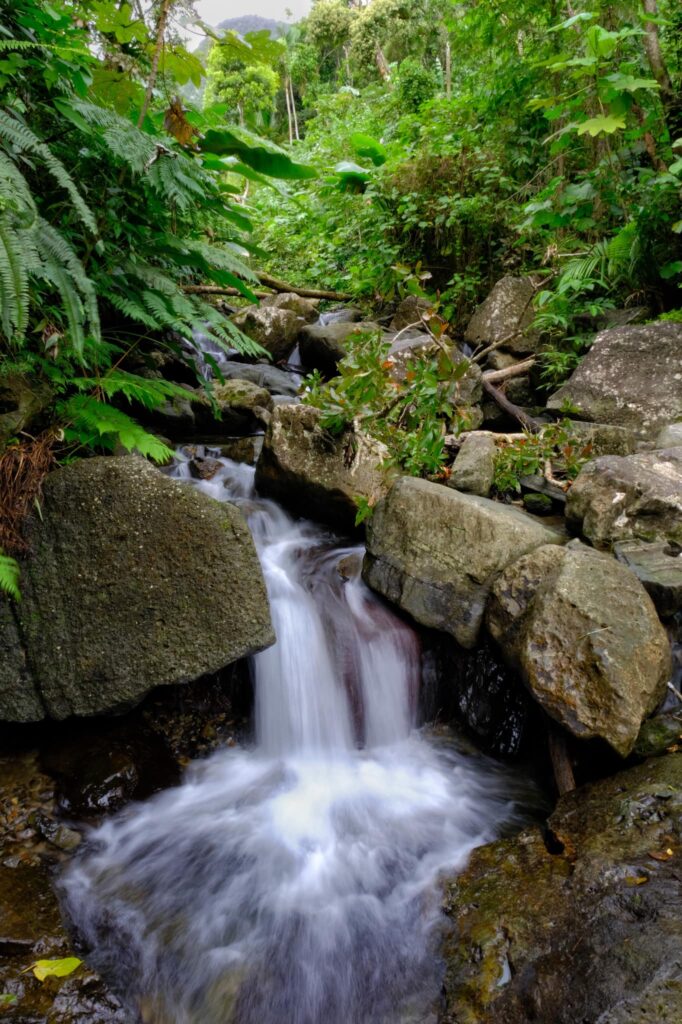
El Yunque holds cultural significance as well, with Taíno mythology revering the forest as a spiritual place.
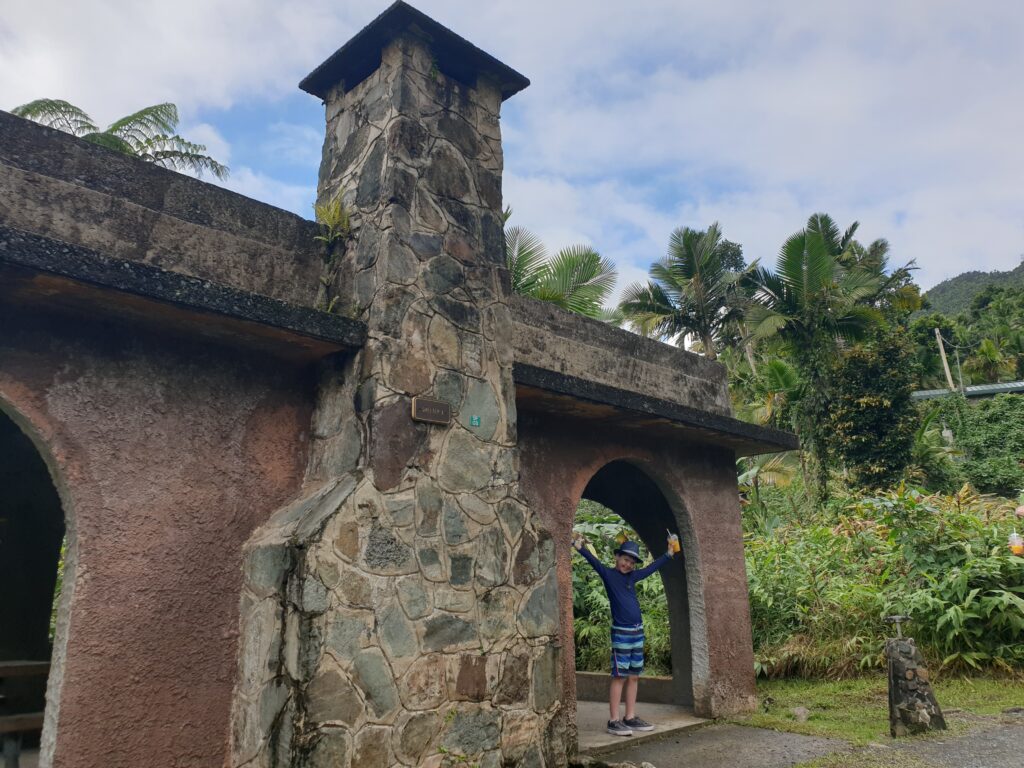
Puerto Rico is an enchanting island with a rich history and engaging activities for the entire family.
